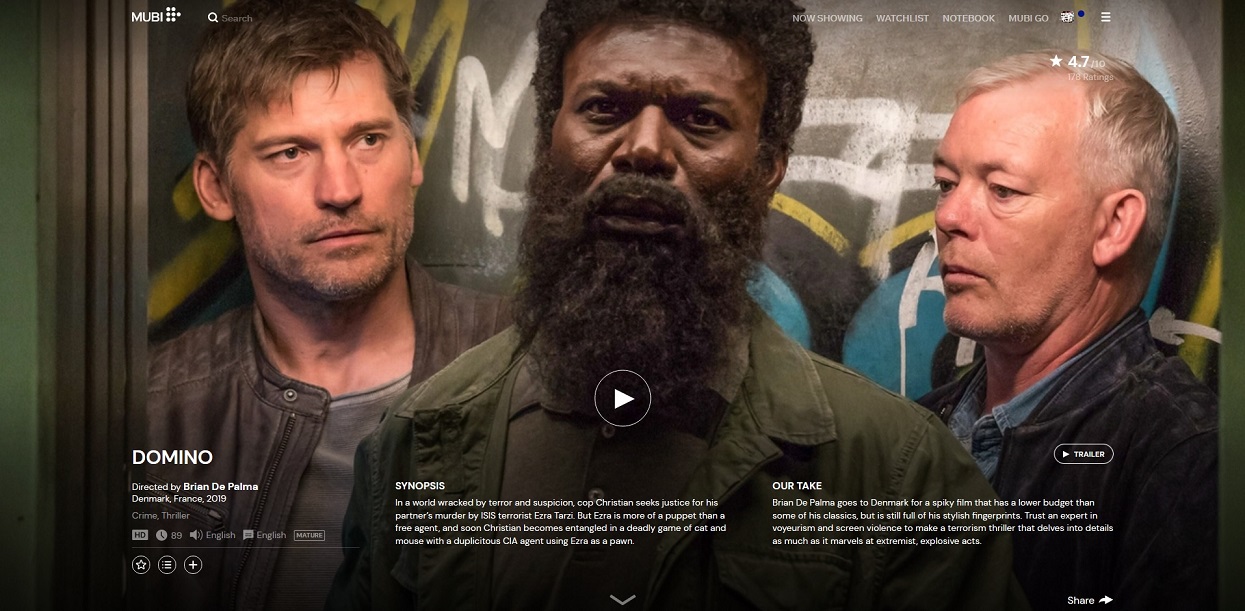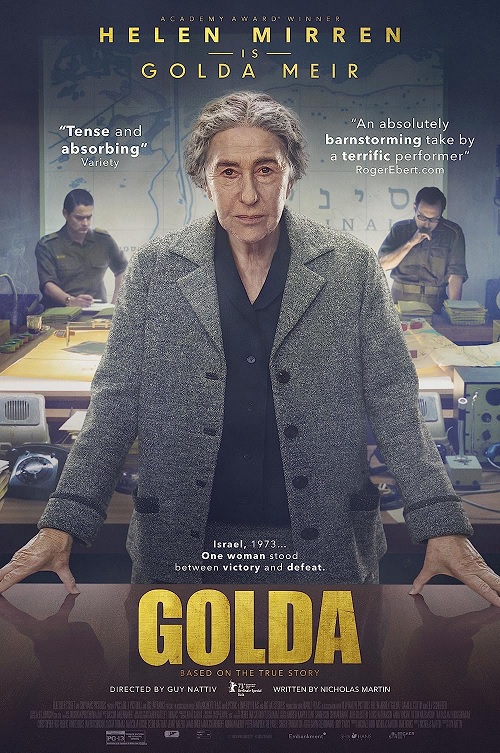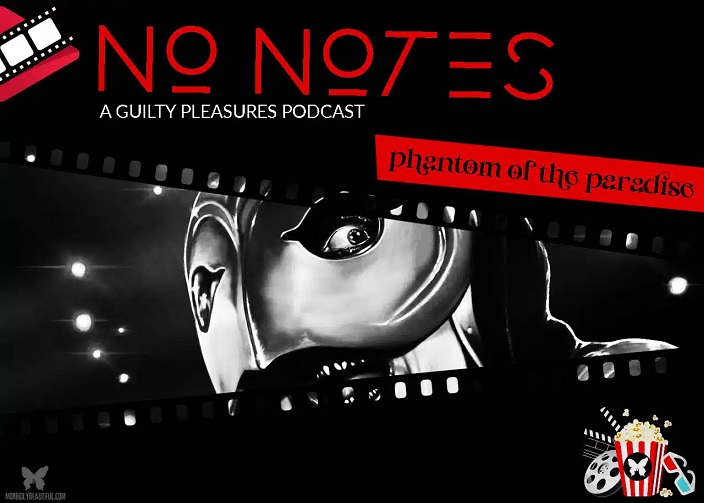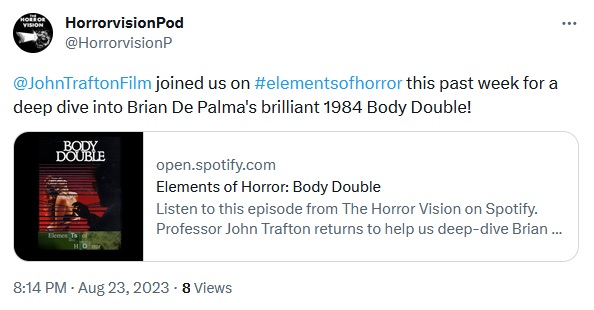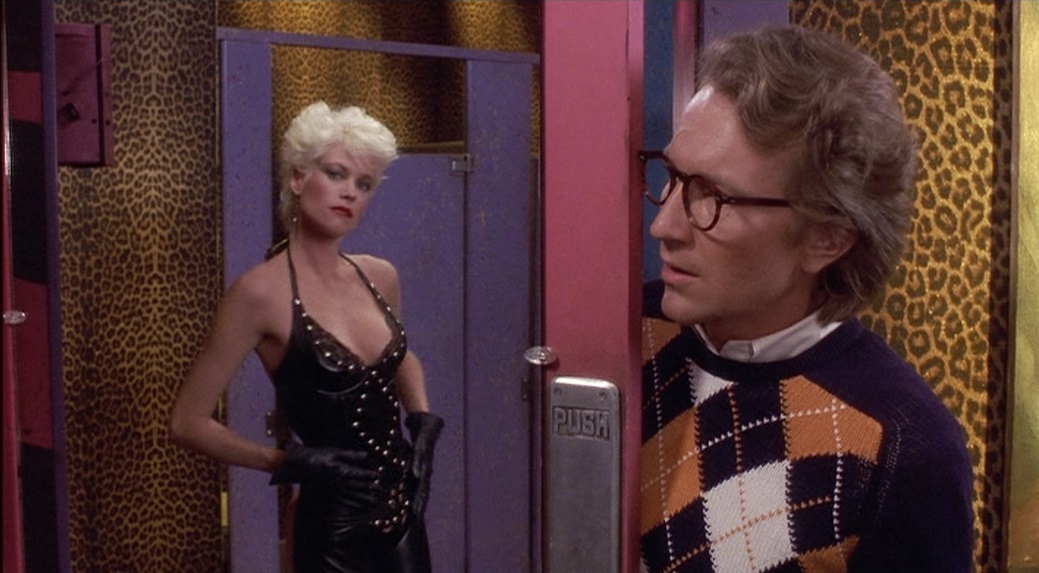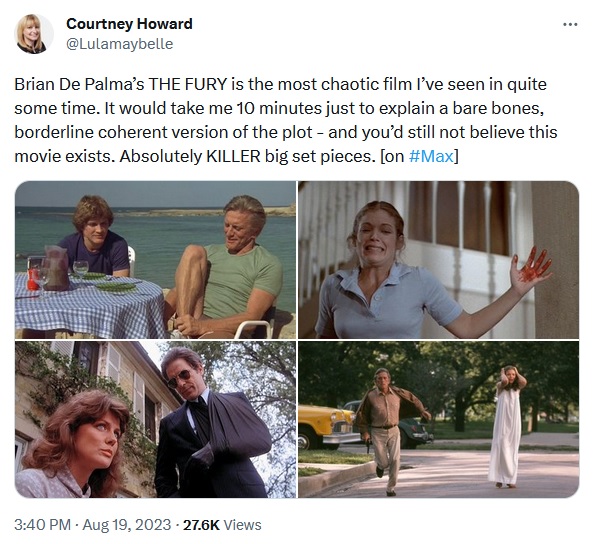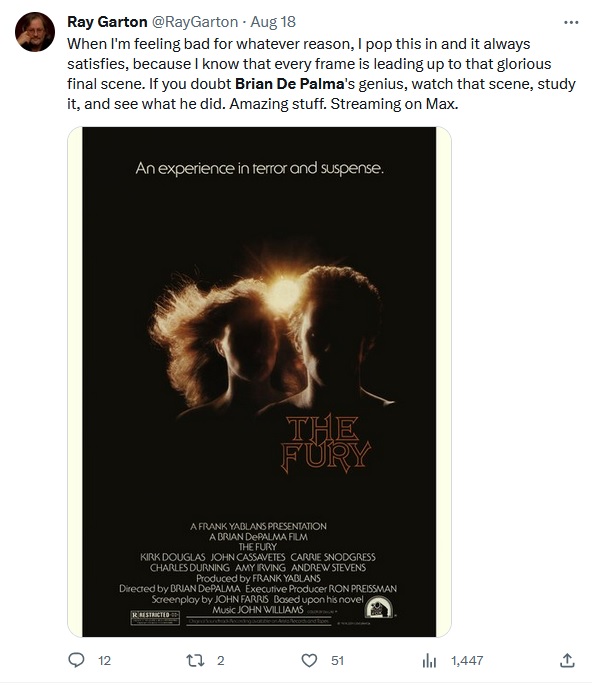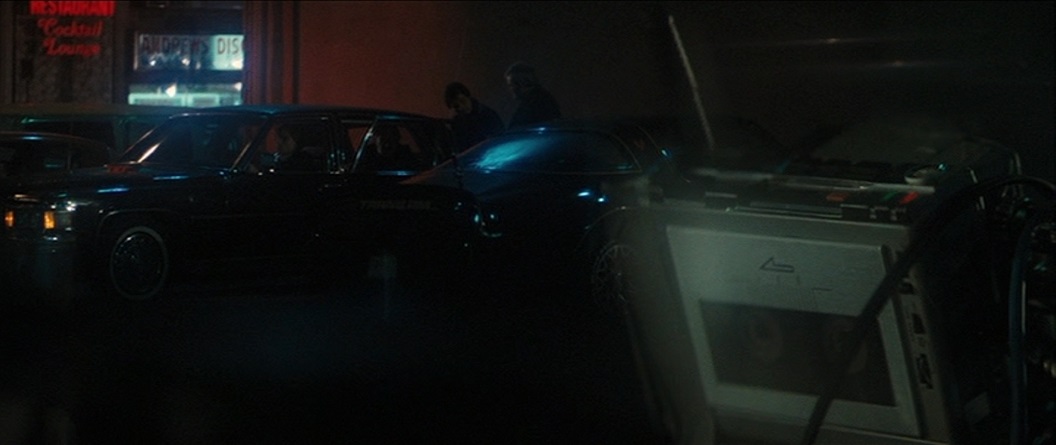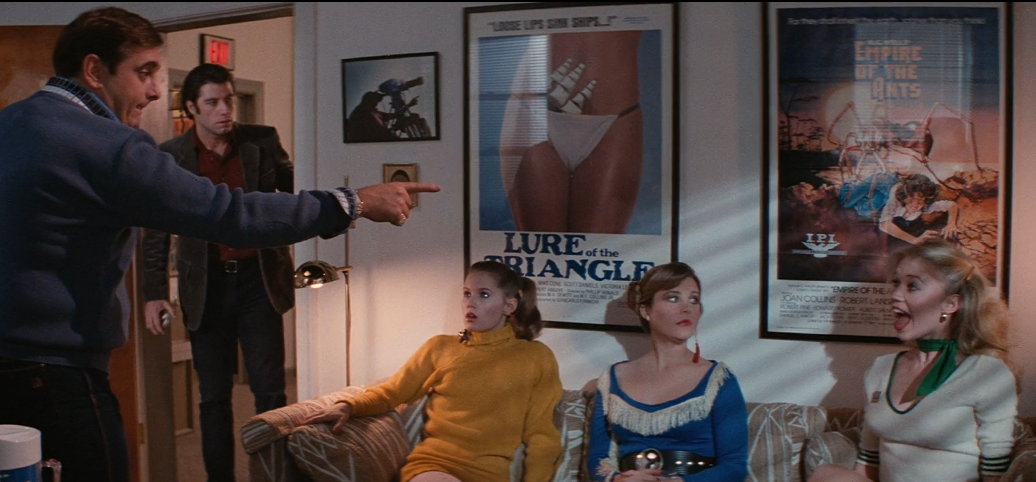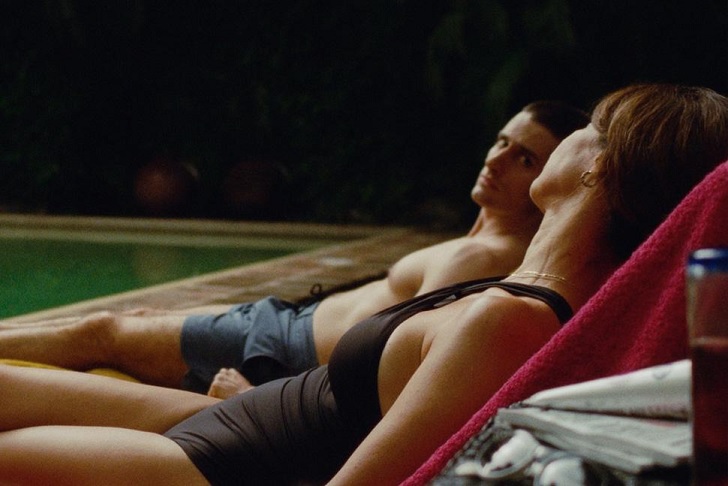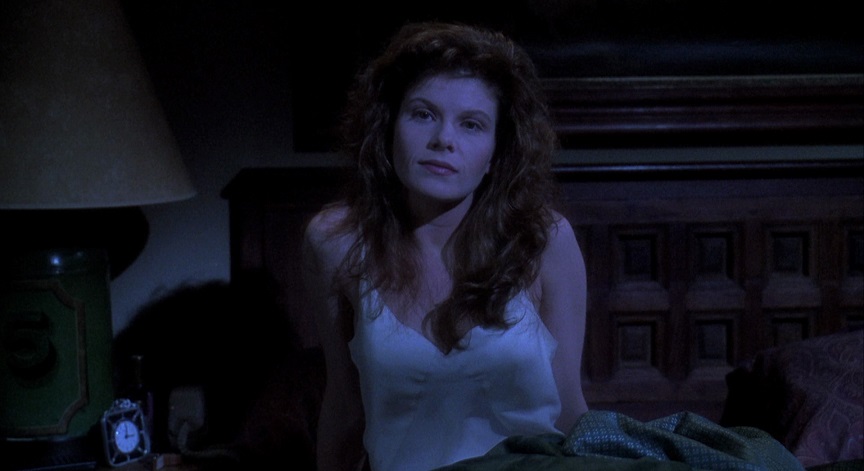LINKS TO REVIEWS FOR NEW DOC WE KILL FOR LOVE - INCLUDES ANDREW STEVENS ON-CAMERA INTERVIEW
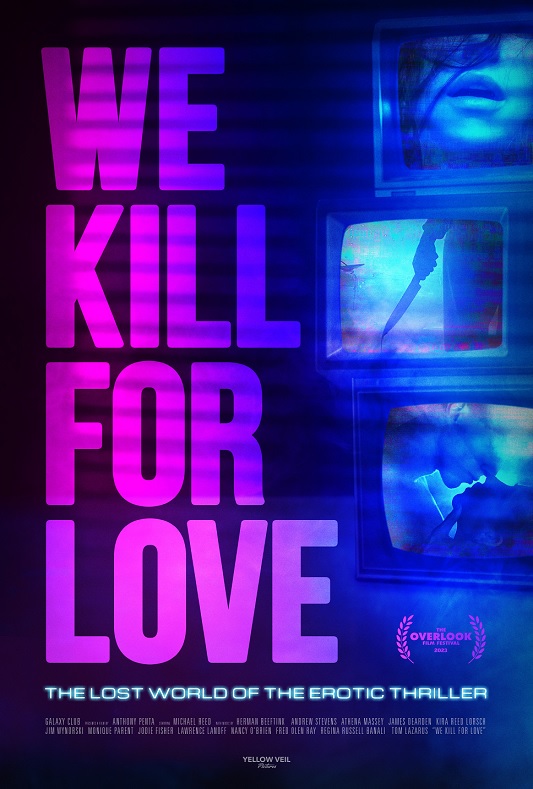
"Thorough and insightful," writes Eye for Film's Jennie Kermode in her review of the new documentary, We Kill For Love, "[Anthony] Penta’s film benefits from fantastic editing (his own) and from a self-consciousness about the viewer’s gaze which aptly reflects the genre it’s exploring. It’s a love letter to films which, for all their darkness, celebrated sexual desire, and to what seemed for a while like the opening up of a much needed conversation, cut off too soon." Here's more from Kermode's review:
To explore its history, as Anthony Penta does here, is fraught with difficulties. Many films from the era are lost altogether; others survive only on decaying VHS tapes or the occasional laserdisc. In the latter days of the era they were piled high and sold cheap, so nobody thought of hanging onto them. Genre stars interviewed for the documentary reveal that even they find it difficult to remember individual films in the blur of similar material. Nevertheless, Penta does a decent job of tracking the progress of the genre and highlighting key titles whilst simultaneously exploring its origins.Erotic thrillers were very much a product of the emergence of home video. Before that, one watched what was on television, or went to a cinema, but there was little real choice. Making films was expensive so quality was important, making it difficult to experiment, especially with themes which were unlikely to attract support from arts funding bodies. Mainstream cinema offered romance; underground cinema offered pornography; and there was very little in between. Video, however, meant that suddenly there was a market for films which people could watch at home with no strangers present, and which, whilst delivering titillation, had enough story to escape the stigma of porn. Couples could watch them together. They could pretend they were doing so for the sake of the plot. Sometimes it was even true.
The roots of the genre, however, are deeper than that. Penta addresses the influence of film noir, with its dangerous, seductive femmes fatales and frequent murder plots. he also looks at the wider thriller genre, and particularly Hitchcock. (One cannot look at the architectural shots which open Paul Verhoeven’s Basic Instinct without thinking of Hitchcock.) This leads to reflection on Rebecca and the Gothic, with women in lacy nightgowns fleeing wealthy men with troubled pasts. Perhaps these origins go some way to explaining why erotic thrillers are such a peculiarly white phenomenon, with people of colour appearing only late in the game, and practically no mixed-race couples. The danger they involve is carefully packaged for middle class white American viewers and steers clear of the country’s deeper sexual anxieties.
The evolution of the genre would, inevitably, see new anxieties emerge. It provides an interesting mirror by way of which to reflect on US society during the early years of the AIDS epidemic. There’s a suggestion that it also addressed a developing crisis of masculinity, though the theories espoused here don’t go very deep, and there is some commentary on the development of feminism which is notable for its naivety, treating it as a unified school of thought. It is notable that the genre increasingly foregrounds women’s perspectives and portrays them as people who can be motivated by sexual desire, something which has become rarer in today’s cinema. This would be particularly plain in the Red Shoe Diaries series which emerged from the genre.
Penta positions Fatal Attraction as an ur-text for the genre, and takes the opportunity to discuss the issues with its ending, which was mangled by test audiences whose misogyny is perhaps easier for some viewers to appreciate from a distance. He also singles out Brian De Palma’s Dressed To Kill as a template for many films which followed it, and there are sufficient clips here for any viewer to recognise the repeated efforts to ape his camera angles. Then there’s 9 ½ Weeks, which gave the genre a shot in the arm at a stage when it was struggling. One might reflect that Kim Basinger is one of few women to have risen to stardom within this genre and gone on to build a successful career in more ‘respectable’ films.
Joe Shearer, Midwest Film Journal:
The documentary rolls off the rails, though, when Penta veers into pretension. He creates a narrative with an actor playing “The Archivist,” a wholly unnecessary and distractingly bad device that disrupts the film’s momentum and seems especially bothersome given the film’s nearly three-hour running time. We see a man enter a room, discovering and watching old VHS tapes he’s studying, while a muted, haughty narration (provided by Penta) drones over him.“The Archivist” is supposedly a chronicler of erotic thrillers, but his presence is a purposeless extravagance whose subject matter is drenched in excess all its own. It’s an unwelcome flourish, and Penta’s accompanying narration is a self-aggrandizing excuse to attract attention to his pointless, flowery prose. Sure, it lovingly describes a genre whose main selling points are breasts and betrayal, but it’s maddeningly repetitive and smacks of self-importance. At one point, Penta repeats the phrase “Danger. Romance. Seduction” four times, each slower than the last. It’s meant to punctuate the notions but it’s a useless abstraction that elicits a larger sigh with each repetition.
Then we get to the presentation of the analysis itself, compiled from experts who speak insightfully and with authority. And while interviewees are discussing films like Double Indemnity, Rear Window and Vertigo in comparison to genre classics like Brian De Palma’s Dressed to Kill, Adrian Lyne’s Fatal Attraction and Paul Verhoeven’s Basic Instinct, we see clips of films like In the Heat of Passion, Lake Consequence and Sins of Desire. No offense to those films, but their incorporation of themes from those earlier films is where comparisons to such classics end; they are not as apples-to-apples as their more well-known and -respected cousins.
Penta also raises and drops some threads, including a timeline outlining the number of erotic thrillers made year to year. That timeline stops at 1994, which is presumably the peak, but is dropped and never returns.
J.B. Spins:
The genesis of it all was Brian de Palma’s Dressed to Kill, which established just about all of the genre’s tropes and motifs. Lawrence Kasdan’s Body Heat was its Citizen Kane and Basic Instinct and Fatal Attraction were its Star Wars-sized hits. In between, there were a lot of cheaper films, promising, but not necessarily delivering naughty thrills, for customers of independent video stores and late-night cable TV.The phenomenon was well underway during the mid-to-late-1980s, but it maybe reached its peak in the early 1990s. Andrew Stevens is a major reason why. He leveraged his notoriety as an actor (from films like The Fury and Death Hunt) to get his screenplay produced. He also starred in Night Eyes, which is definitely one of the documentary’s touchstone films. To Stevens’ credit, he is a good interview subject, who can discuss his career with self-aware perspective and a sense of humor.
Occasionally, there is some horror crossover in We Kill for Love, mainly thanks to Fred Olen Rey. Penta and his academics (whose political commentary on the 1980s is often dubious) also convincingly identify straight-to-video erotic thrillers as the disreputable offspring of film noir and hardboiled pulp on the male side and gothic romance on female side. (However, class envy played little role in the genre’s success. The characters’ luxurious lifestyles were just a further dimension of its voyeurism.)
Indeed, voyeurism often factored very directly in the storylines, but they were not X-rated. They were “naughty” rather than “dirty” movies. Yet, many of the actresses who frequently appeared in these films have had to push back when they were unfairly labeled “porn stars,” like Amy Lindsay (whose credits also include guest shots on Star Trek: Voyager, Silk Stockings, and Pacific Blue), who explains what it was like to be smeared with the “p” word when she appeared as an average voter in a commercial for Ted Cruz. Give Penta credit for covering this incident fairly.
Scott Phillips, Forbes:
The erotic thriller was a staple in video stores in the 1990’s. The shelves of every Blockbuster Video store were filled with films like Night Eyes (1990) and Poison Ivy (1992). The genre owes its existence to a handful of classic thrillers like Brian De Palma’s Dressed to Kill (1980), the Michael Douglas-Glenn Close smash hit Fatal Attraction (1987) and the sexy crime procedural Basic Instinct (1992) starring Douglas and Sharon Stone.The new documentary We Kill for Love chronicles the rise of the erotic thriller during the birth of the home video era and its near-total disappearance in our age of streaming. Writer-director Anthony Penta tracked down hundreds of titles (many of which only exist on VHS) to complete his research into the subject. Penta has also compiled extensive on-camera interviews with the major stars of the era including Andrew Stevens, Kira Reed, Monique Parent, Amy Lindsay, Athena Massey, and Jodie Fisher.
The film examines how, despite the titillation and nudity, the erotic thrillers of this era were about female empowerment. In these films, women refused to be seen only as sex objects and took ownership of their lives. They weren’t waiting to be rescued by a man. They could face their enemies alone if they had to.
We Kill for Love is being distributed by Yellow Veil Pictures so fans should be guaranteed home video access to this excellent film about films. I’ll be buying the Bluray not simply to rewatch the documentary, but so I will always have access to the bibliography of films and written articles listed in the film’s final credits. Don’t be put off by its 163-minute runtime. The documentary explores so many facets of the erotic thriller genre that it never lags. It’s not simply an interesting history of a sub-genre of cinema. It’s also a fascinating sociological and cultural history of 1990’s America.




